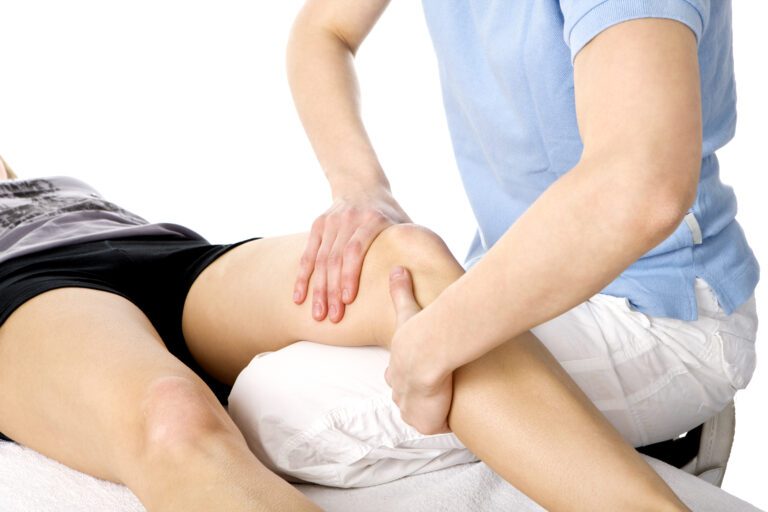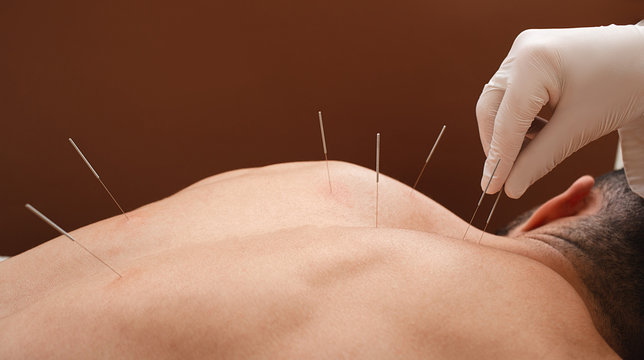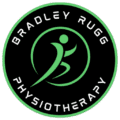Manual Therapy & Acupuncture

Manual therapy with bradley rugg
Bradley has advanced knowledge in the understanding and application of manual therapy. He draws upon his advanced physiotherapy training at University College London, physiotherapy MSc, and sport rehabilitation BSc(Hons) knowledge to ensure his patients receive treatments specific to their problems.
Manual therapy can be a very effective treatment tool to complement active physiotherapy approaches. Techniques can include joint manipulations & mobilisations, Maitland & Mulligan techniques, soft tissue techniques such as myofascial release & massage, a more! Manual therapy aims to target feelings of stiffness, pain, and soft tissue tightness.
Manual therapy is typically not used in isolation due to its temporary effects. However, when coupled with other approaches such as exercise and movement, manual therapy can be helpful in recovery.

Acupuncture with bradley rugg
Acupuncture has existed as part of traditional Chinese medicine for thousands of years, and is increasingly being included in general medicine as a complementary therapy (given alongside conventional treatment). Acupuncture is a form of therapy in which fine needles are inserted into specific points of the body.
Acupuncture stimulates the nerves in the skin, muscle, and other tissues, and can produce a variety of effects. It can increase the release of the bodies’ natural painkillers, such as endorphin and serotonin, in the pathways of both the spinal cord and brain. This modifies the way pain signals are received by the brain. It is believed that acupuncture can also have some psychological benefits, with some people often noticing an improved sense of wellbeing after treatment.
Bradley can utilise acupuncture for acute pain and muscle spasm, to help relax and calm the muscles. Bradley also sees many patients with long-term conditions such as chronic pain, fibromyalgia, chronic fatigue syndrome, and many more. Acupuncture can often be valuable for these populations along side a holistic person-centred approach.
Frequently Asked Questions (FAQ's)
Manual therapy is very safe when performed by a trained healthcare professional. Patient assessments are always performed prior to any manual therapy to ensure safety and choice of technique is most effective, and also to measure progress in recovery.
Research generally suggests all types of manual therapy are equally effective for most conditions. Different techniques are used to treat different problems. The type of manual therapy will be chosen to ensure it helps you individually.
Typically manual therapy has no down time and does not hurt. Some people can feel mild discomfort during the therapy, but this is usually transient and end straight away. Few people may feel some mild discomfort after sessions, but this will always be discussed prior to any treatment occuring.
Acupuncture is very safe. The needles used are sterile single use needles. They will only be used to treat you, and then disposed of safely and responsibly.
Acupuncture needles are extremely thin, so some people may feel a slight pinch as the needle enters the skin but not much pain past that. You may feel a warm sensation or tingling sensation around the area of the needle. In cases where a needle is placed in a very tense muscle you may feel a contraction of the muscle fibres around the needle
Typically, the needles will be in place for 10-20 minutes.
